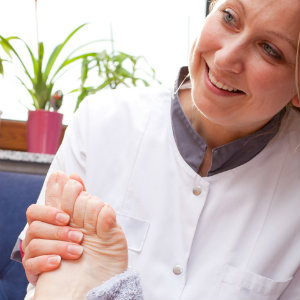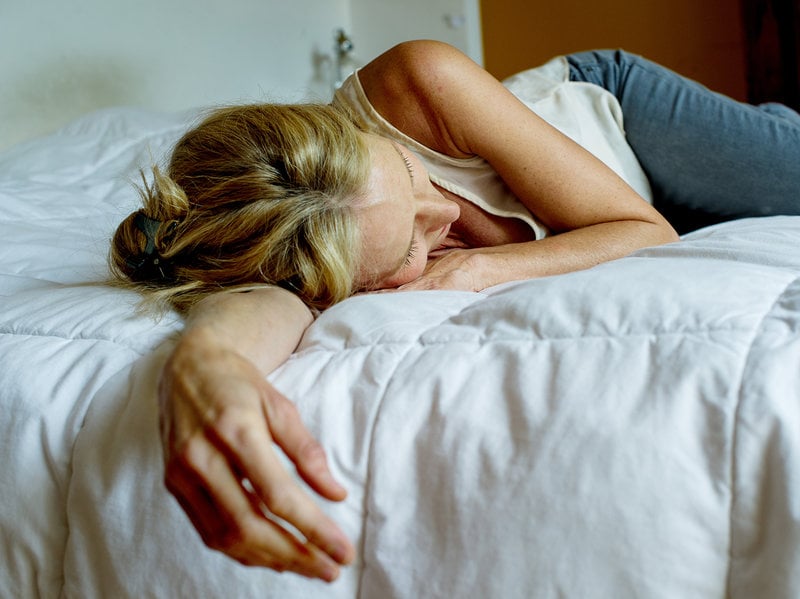When your feet hurt, it can feel as though everything hurts. Unfortunately, foot issues can be a common problem for older adults, in part because this part of your body can lose cushioning over the years while skin and nails alike become drier, even brittle. If you have poor circulation, as a percentage of older adults do, foot sores can heal more slowly.
And, as Health.Harvard.edu points out, healthy feet and ankles are “one of the most important means of transportation and independence protection in older age.” You need healthy feet to drive, go for walks with your grandchildren, do your own grocery shopping and more. Proactive care is therefore essential.
5 Tips for Proactive Foot Care
Fortunately, there is plenty you can do to keep your feet healthy as you age. Here are five good tips.
Tip #1
The Harvard article suggests that, at least once a week, examine your feet for any problems: tops, bottoms, toes and toenails. Are they red? Swollen? Are there any blisters, insect bites or punctures? If you can’t do this by yourself, try using a mirror or ask a friend for help; it may help to use a magnifying glass. Proactively address any problems.
Tip #2
The most important tip, according to Consumer.Healthday.com: Wear comfortable shoes that fit well. Avoid shoes that put pressure on your feet, such as tight or high-heeled shoes. Get your feet measured if you’re getting calluses, corns or bunions, even when wearing shoe styles that should be comfortable. Feet can widen as you age.
Tip #3
Boost your circulation. If you spend much of your day sitting, make sure you walk, stretch and otherwise move enough to keep the blood flowing. Other tips to improve circulation:
- Do not wear tight socks
- Avoid sitting with crossed legs for long periods of time
- Do not smoke
Tip #4
Control foot odor by carefully washing and drying your feet. Drying between your toes helps to prevent athlete’s foot, a fungus that grows in dark, warm and moist areas. If you experience redness in your feet, plus blisters, itching and peeling—often found between the toes—use a spray or foot powder designed to combat athlete’s foot.
Tip #5
Manage dry skin—and the accompanying itching and burning—with moisturizers that contain lanolin or petroleum jelly.
Tips for Addressing Foot Conditions
If you develop a foot condition despite all your efforts, there are remedies. Note: If you have diabetes or neuropathy, if a foot condition persists, or if a symptom concerns you, see a doctor. Here are first-line defenses for some common problems.
Corns and Calluses
Gently rub them with a callus file or pumice stone and use non-medicated pads to protect them from irritation.
Heel Spurs
Use heel pads or cups to give your hardworking feet a break.
Hammertoes
Choose socks and shoes that give your toes enough space.
Ingrown Toenails
Trim the troublesome nail straight across, evenly with the toe’s top. If it looks infected, see your doctor. You may also need to use warm soaks and antibiotic cream.
The health of your feet doesn’t have to be an afterthought. By addressing foot conditions in a timely manner and taking time to be proactive about the long term health of your feet, you can ensure they keep you moving.













